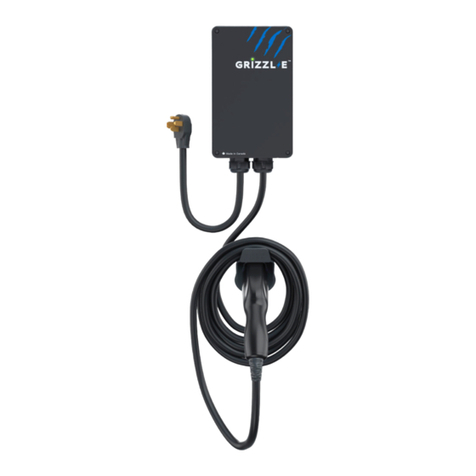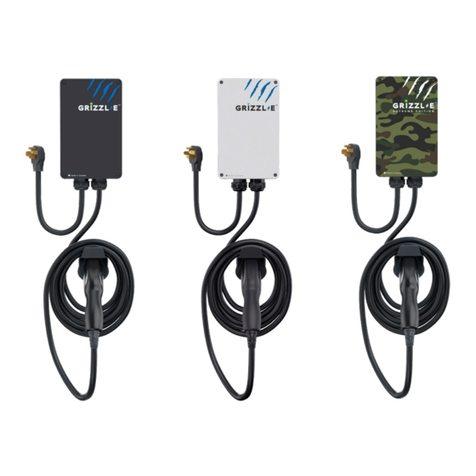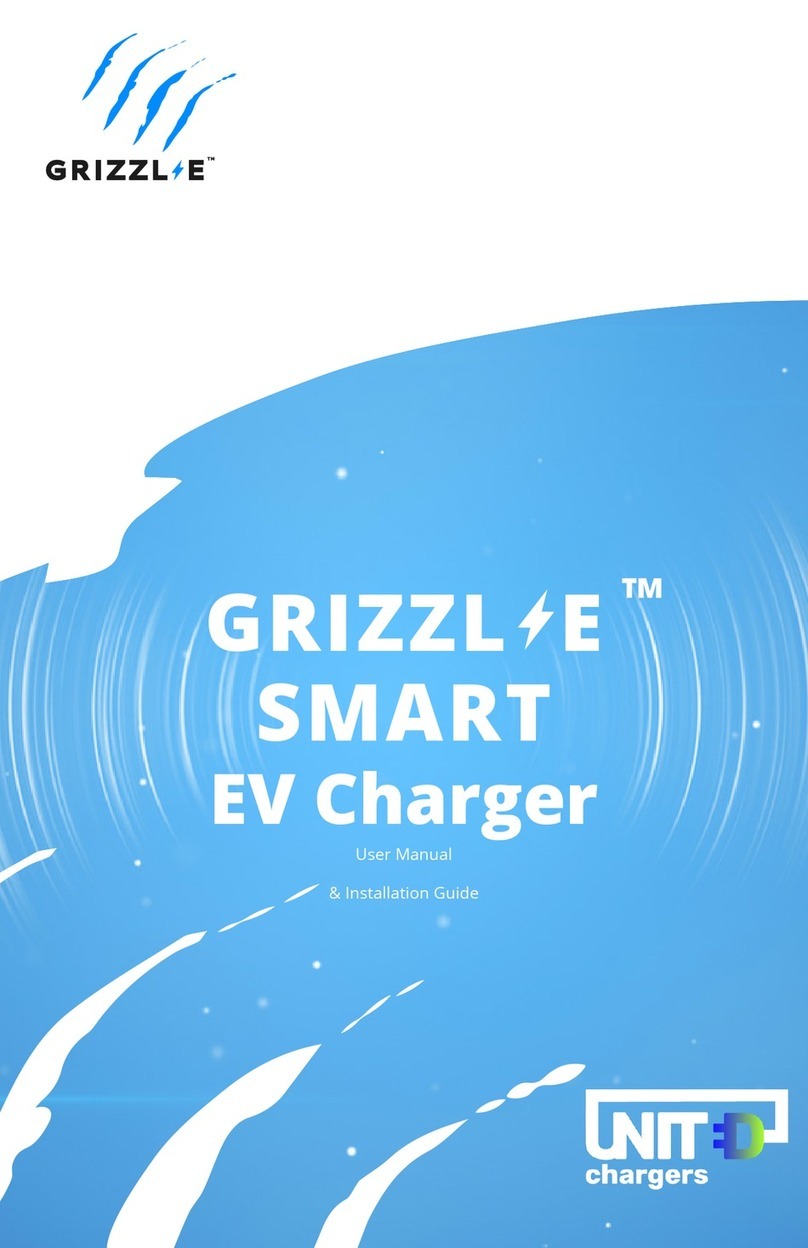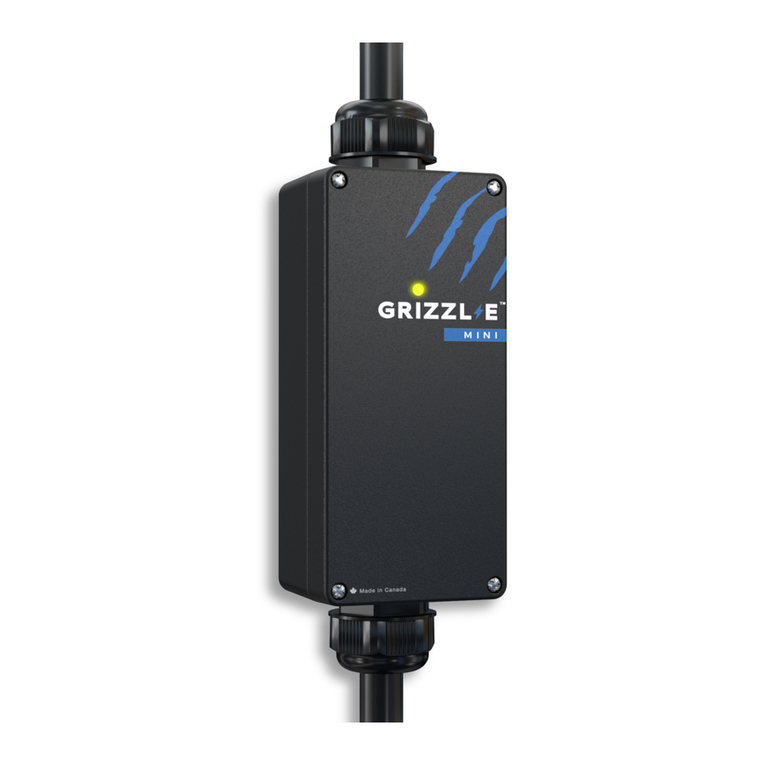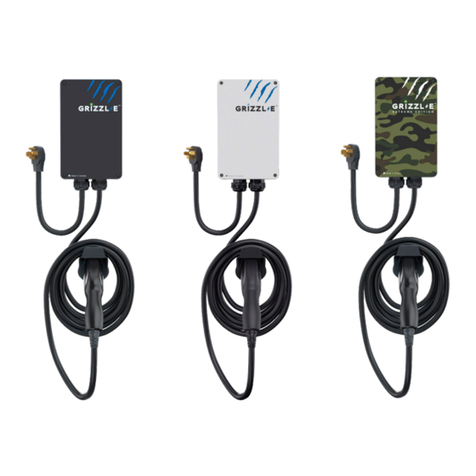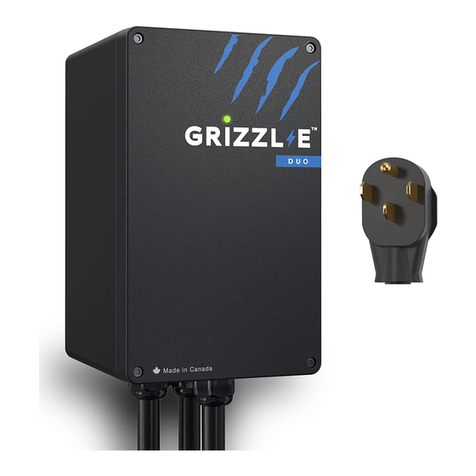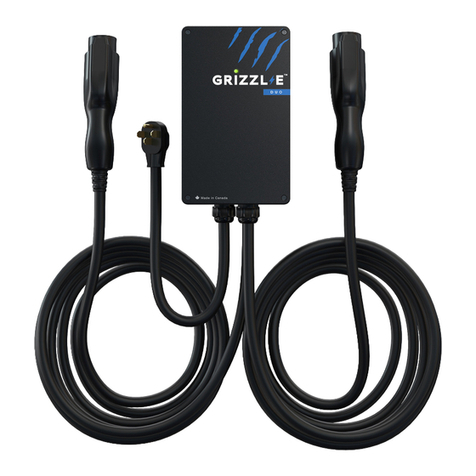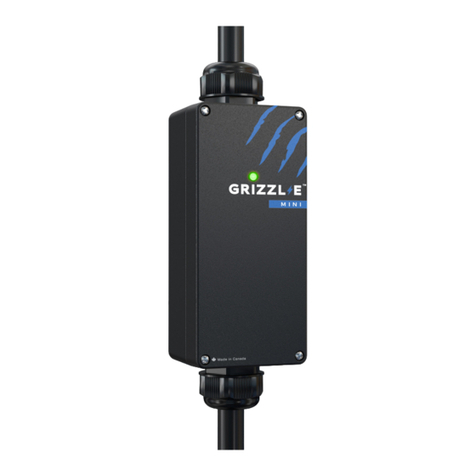
7
Table of Contents
1. Introduction & unpacking ................................................................................................... 8
1.1 Your charger ...........................................................................................................................8
1.2 Package contents ................................................................................................................9
2. Installation planning and service wiring...........................................................................10
2.1 Electrical source requirements ........................................................................................10
2.2 Grounding instructions ....................................................................................................10
3. Adjustable maximum current output.................................................................................11
3.1 Adjust maximum current output.......................................................................................11
4. Installation .........................................................................................................................14
4.1 Tools & parts required for installation ...........................................................................14
4.2 Install the charging station .............................................................................................15
5. Input wiring connection (optional hardwire connection).................................................18
6. EasyEvPlug holster and cable management system....................................................... 20
7. Charging status indicators and buzzers ..........................................................................21
7.1 Charging status indicators ...............................................................................................21
7.2 Fault indicators ..................................................................................................................22
7.3 Reset charger......................................................................................................................22
8. Set up smart functionality................................................................................................ 23
8.1 Network requirements.......................................................................................................23
8.2 Connect the charger to Wi-Fi ........................................................................................23
8.3 Wi-Fi connection indicator..............................................................................................24
8.4 Troubleshoot connection errors....................................................................................25
9. Disconnect from Wi-Fi....................................................................................................... 26
9.1 Reset Wi-Fi............................................................................................................................26
10. Operation ........................................................................................................................ 27
10.1 Connect and charge .......................................................................................................27
10.2 Smart charging ................................................................................................................27
10.3 Stop charging ..................................................................................................................27
11. General product care and use information .................................................................... 28
